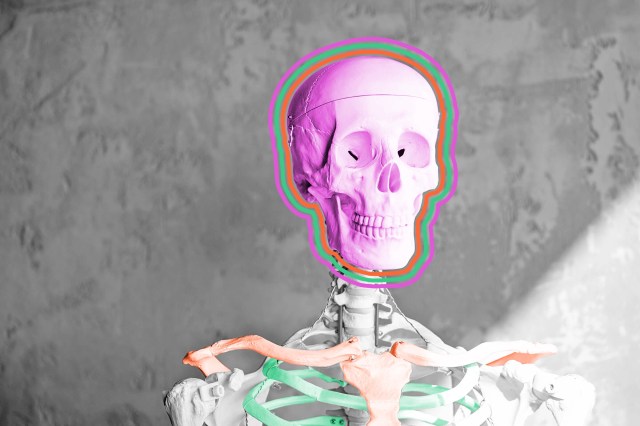
Numbers Don't Lie

The pirate flag bearing a skull and crossbones is famously known as the ______.

Ready to reveal?
Confirm your email to play the next question?

The pirate flag bearing a skull and crossbones is famously known as the Jolly Roger.

The idea that your ears and nose never stop growing is a myth.
It’s a common misconception that our ears and noses continue to grow throughout our lifetime — though they sometimes do appear to take on almost cartoonish proportions toward the end of our lives. So what’s going on here? Turns out, it’s not really the cartilage in our nose and ears that’s to blame. Instead, the culprit is decades of experiencing gravity. This constant gravitational pull — along with general degradation due to age — causes the collagen and elastic fibers in our ears and nose to droop and elongate. The surrounding skin supporting these structures also breaks down and droops over time while simultaneously losing volume. Studies have shown that the average human ear elongates approximately 0.22 millimeters a year. It’s a process that’s so reliable, ears can actually be used as a tool for determining a person’s age.
















